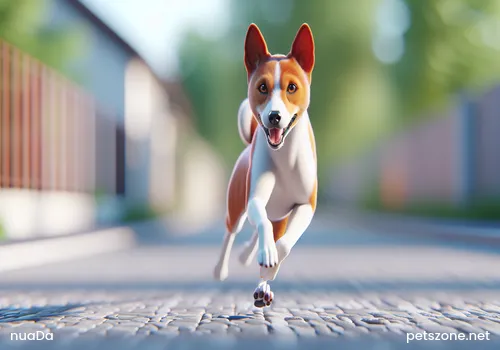What Are the Methods for Caring for Dogs in Autumn and Winter?
Say goodbye to midsummer and welcome autumn and winter. The weather gradually changes from hot to cold. We put on coats, and pet owners should not neglect their dogs. The temperature difference between day and night in autumn is quite large; if not careful, dogs easily catch colds. Therefore, more attentive care is needed. Today, the editorial team of Boqi Net will talk about what methods there are for caring for dogs in autumn and winter. Let’s take a look below.

1. Prevent Colds
Entering autumn, the temperature gradually drops, especially with large temperature differences between day and night, dogs can easily catch a chill at night. Therefore, it is necessary to add quilts appropriately in the dog’s bed to keep warm and prevent colds. In addition, in the refreshing autumn season, after bathing or taking dogs out, be sure to dry the dog’s fur promptly; otherwise, dogs easily sneeze.
2. Keep Warm and Protect Against Cold
If the dog’s bed is usually placed on a ventilated balcony, there is no doubt, the location should be changed. It should be moved indoors to a sheltered and well-lit corner, and the bedding should be added and replaced promptly to stay dry. It's best to keep the dog’s bed off the ground, such as placing it on a small stool; this prevents dampness. In addition, on sunny weather days, it is best to take the dog outdoors to enhance physical fitness and improve disease resistance. Also, frequent sun exposure can sterilize and disinfect the dog, promote calcium absorption, benefit bone growth and development, and help prevent rickets.
3. Breeding and Molting
Autumn is the second breeding and molting season for dogs each year. The management and care methods are similar to spring, paying attention to preventing dog fights and skin infections.

4. Prevent Dog Depression
If you are a careful owner, you will notice that when the weather is cold, dogs may become listless, less active, lose appetite, and even their favorite walks no longer interest them. These are signs that dogs suffer from “depression.” At this time, besides providing enough warmth, always offer clean water. Especially in heated indoor environments, ensure the dog can always drink clean cool boiled water to meet bodily needs.
5. Proper Nutritional Supplementation
Autumn is a season of vigorous metabolism for dogs, so during this time dogs often have increased appetite and higher nutritional demands. As an owner, you should appropriately adjust their diet and add nutrition. Furthermore, the large food intake in autumn helps dogs accumulate more heat for winter. Do not worry about dogs gaining weight; as long as the diet is reasonable, they can maintain a normal physique.
6. Prevent Dog Injuries
When it is cold, dogs often stay indoors. Pay attention to the protection of heating devices at home and avoid letting dogs come into contact with such items to prevent burns. Additionally, if you take your dog out in winter, always remember to use a leash. Because pedestrians walk quickly in winter and often rain and snow make roads slippery, cars may have braking problems. If a dog runs around randomly on the road, it not only faces life-threatening danger but may also cause severe traffic accidents.

The above are the methods for caring for dogs in autumn and winter. In fact, there are many other issues to pay attention to, such as eye diseases in dogs, which do not change with the seasons. If dog clothes are too tight, it may cause increased eye pressure. Therefore, whether dressing dogs in spring or in winter, make sure the clothes are loose and comfortable. In addition, climates vary by region, and skin diseases can occur any time of year. For example, in cold winter, many believe fleas hibernate, but they only reduce activity and may still bite dogs. Therefore, flea treatments should be applied regularly every 3–4 weeks year-round regardless of season.





